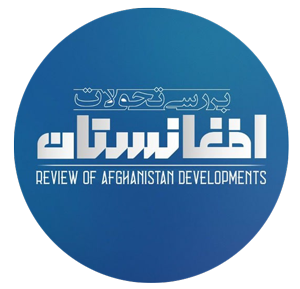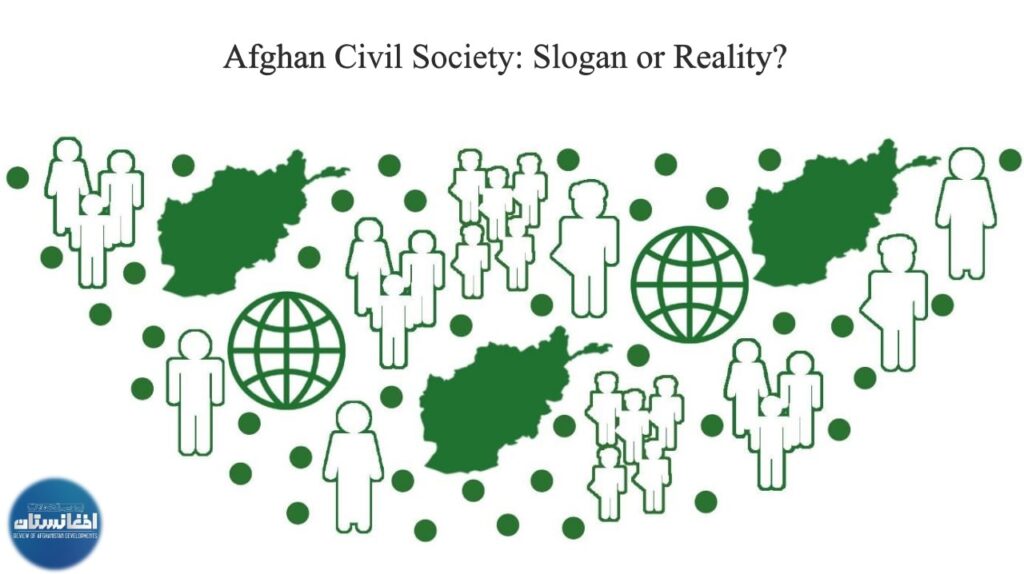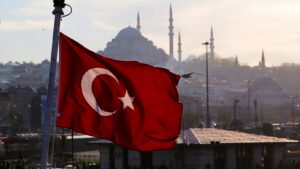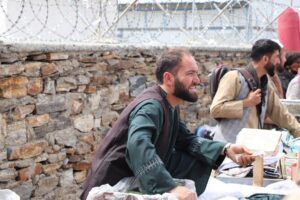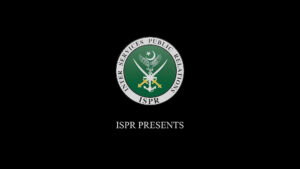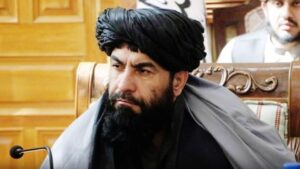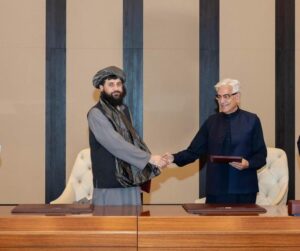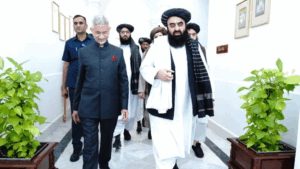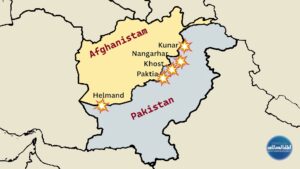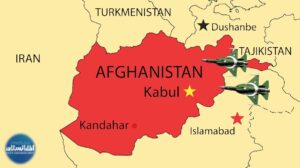Review of Afghanistan developments
Following the Taliban’s fall in 2001, Afghanistan experienced an extraordinary influx of international organizations focused on development and reconstruction. Western governments, the United Nations, the World Bank, the European Union, and numerous other international entities commenced investing tens of billions of dollars in development assistance and investments in Afghanistan, accompanied by commitments to democracy, the enhancement of women’s rights, improved governance, and the establishment of a robust civil society. Afghan non-governmental organizations and civil society groups were positioned as catalysts for social reform, aimed at steering Afghanistan towards stability and growth in collaboration with these international organizations.
A range of plans was executed in the domains of education, healthcare, legal governance, enhancement of governmental institutions, and the empowerment of citizens. Both state and private media were established as emblems of the advancement of free thought and the involvement of youth in the political arena. International organizations promoted slogans advocating for the rule of law, women’s involvement in governance, and democracy, identifying civil society as the foundation of these transformations. In reality, however, numerous projects were carried out only for a restricted duration.
Importing civil society into Afghanistan
During this time, the notion of civil society from a Western viewpoint assumed a distinct shape in Afghanistan. Newly formed non-governmental organizations, charities, and educational associations emerged primarily with the assistance of foreign funding, concentrating their efforts on programs dictated by other nations. These organizations were predominantly active in major urban centers, and their projects were largely confined to particular issues such as female literacy, human rights, and financial transparency. Conversely, the rural majority of the population, who were connected to traditional councils and local religious institutions, had fewer opportunities for involvement, leading to a growing criticism of the foreign-influenced nature of these organizations; many Afghans began to view activists in this domain as representatives of foreign sponsors rather than genuine advocates for the people. Consequently, a considerable segment of the population, residing in remote and culturally distinct regions, not only did not play a significant role in these initiatives from the outset but was also at times suspected of acting on foreign directives.
Money injections and parallel structures
One of the key characteristics of this era was the substantial influx of financial resources into Afghanistan. On the surface, numerous schools, clinics, roads, and bridges were constructed during this time, and projects in agriculture, electrification, and other sectors were launched. Nevertheless, there has been considerable criticism regarding the manner in which these resources were utilized. International organizations typically employed foreign contractors and selected institutions to expedite implementation, while relying less on strengthening government capacity or local communities. In essence, a parallel structure to the central government was established. This strategy resulted in a significant number of educated and specialized personnel, both within the government and the market, being drawn to non-governmental organizations and foreign firms, which offered considerably higher salaries.
The outcome was the establishment of a parallel bureaucracy that occasionally depleted the state budget and diminished the motivation to deliver services within the public sector. Conversely, this substantial sum of money, in the absence of an efficient monitoring system, became a fertile ground for corruption. A significant portion of the capital that entered the nation was wasted in various manners and ended up in the accounts of influential local and international groups. The majority of these funds were funneled into the hands of a select group of power holders and entrepreneurs who maintained close relationships with Afghan and foreign officials. It is evident that such a framework not only undermined social justice but also engendered public skepticism.
Limitations and obstacles to program implementation
Beneath the elaborate slogans, numerous genuine limitations existed regarding civil society and international institutions. One of the most significant of these limitations was the profound cultural and religious disparities between the dominant ideologies in urban areas and the lifestyles of rural populations. Many educational and social projects, which were modeled after Western practices, were introduced without considering local customs and traditions. For instance, advocating for women’s rights in highly traditional villages or endorsing liberal lifestyles in conservative communities was often not only unwelcome but also faced resistance and hostility. Conversely, had these institutions engaged local resources such as scholars, tribal leaders, and shuras, they could have achieved a more enduring influence and higher levels of acceptance.
Another contributing factor was the ongoing insecurity, during which numerous regions remained beyond the complete control of the government, endangering the feasibility of development initiatives. Civil society activists had also faced repeated threats and acts of violence prior to the collapse of the central government. Conversely, pervasive corruption and the instability of governmental foundations effectively hindered the realization of a government that was both accountable and representative.
Ultimately, the limitations of time and the ongoing reliance of institutions and civil society on foreign assistance constituted significant barriers. Almost all developments in Afghanistan post-2001, encompassing civil society, depended on external funding and support for their continuation, highlighting that the established foundations encountered substantial difficulties and that no viable alternative had been offered to them in the absence of access to external resources.
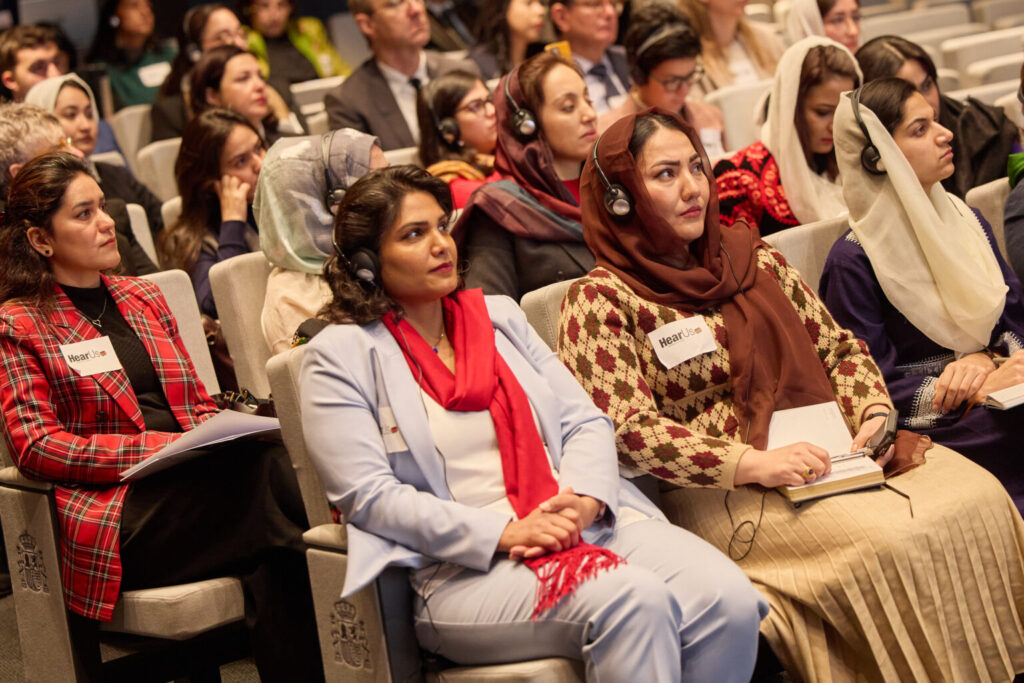
Relative achievements
During this time, several concrete accomplishments were achieved in the realm of institutions and civil society. For the first time in contemporary history, hundred and hundred local radio and television stations were created, leading to a freer press. Organizations focused on women’s and human rights heightened public consciousness regarding critical issues such as child marriage, violence against women, and literacy. Parliamentary and presidential elections were conducted regularly, allowing women to participate actively for the first time. The number of schools and students saw a significant increase, and the development and renovation of essential infrastructure, including roads and health facilities, thrived. Additionally, access to services such as food aid distribution during crises, vocational training for war victims reintegrating into normal life, and basic legal assistance improved. Nevertheless, these accomplishments were not sufficiently profound in various sectors. The host society remained ensnared in traditional systems and ethnic perspectives, and the collective awareness on this matter was inadequate to foster widespread and structural transformation. Conversely, these initiatives frequently depended on external support for their continuation.
Injuries and setbacks
Despite these visible achievements, the truth is that the extent of change was quite restricted. A significant number of projects were executed without adequate support and ultimately failed due to insufficient funding and lack of local expertise. Numerous schools and clinics that were established had to shut down after international assistance was retracted or were initially closed by the Taliban. While literacy rates saw an increase, the knowledge acquired was frequently not sustainable due to the inconsistency of teacher training programs and the quality of the curriculum.
In the political system, the anticipated technical and institutional standards of democracy were not fulfilled. Institutions like parliament and oversight commissions, hindered by legal deficiencies and the sway of local powers, frequently found themselves entangled in political and financial constraints, failing to genuinely represent the populace. As a result, the public’s enthusiasm for civic engagement waned; numerous citizens perceived that, despite substantial financial investments, their circumstances had not improved, nor had corruption been eliminated. Ultimately, when international assistance was drastically reduced and, in some instances, entirely withdrawn, these externally imposed structures rapidly disintegrated, leaving society in a state of helplessness and despair.
Post-2021 evaluation and identification of instability
The disintegration of the central government in 2021 and the resurgence of the Taliban highlighted the precarious nature of the limited achievements that had been made. Within a few months following the cessation of international support, numerous institutions either shut down or faced significant limitations in their operations. The flow of foreign financial aid nearly ceased, and most development initiatives were left incomplete, illustrating that what was characterized as a robust civil society had not yet been fully integrated into the societal framework.
The period following 2021 demonstrated that numerous organizations and institutions, including those within civil society, relied heavily on external support. In reality, the establishment of these institutions did not stem from the society itself nor was it based on genuine needs. Only a limited number of organizations managed to develop a robust network independently, without the aid of international support and guidance. This situation highlighted that the changes implemented were not particularly sustainable, and that ideological and project initiatives necessitated a more profound socio-economic infrastructure along with enhanced public awareness within the society.
Related Articles
Social Cohesion in Afghanistan’s Natural Crises
Social Trust Crisis in Afghanistan
Conclusion
An extensive examination of twenty years of efforts by civil society and international organizations in Afghanistan reveals that the achievements have mostly been fleeting. Although certain development metrics, like the increase in schools and the availability of media, have seen temporary enhancements, there have been no significant transformations in the power dynamics, political culture, or economic prospects for the populace. International organizations have invested substantial funds into a vision that has predominantly devolved into apathetic slogans, failing to influence the actual circumstances in Afghanistan.
While Afghan civil society gained prominence and was recognized for its human rights and media initiatives, this was largely due to foreign projects rather than a grassroots movement. Numerous civil society activists relied on international funding, and as this support diminished, their efforts were either curtailed or ceased altogether. In rural areas, many of the reforms advocated by civil society failed to take hold due to the prevailing traditional context. Indeed, what was presented as progress was more of a façade than a genuine transformation; no significant changes occurred in the cultural and social framework. The Afghan experience illustrates that without a true connection to the populace and internal, gradual reforms, slogans will merely reflect a fleeting phase rather than a sustainable achievement.
